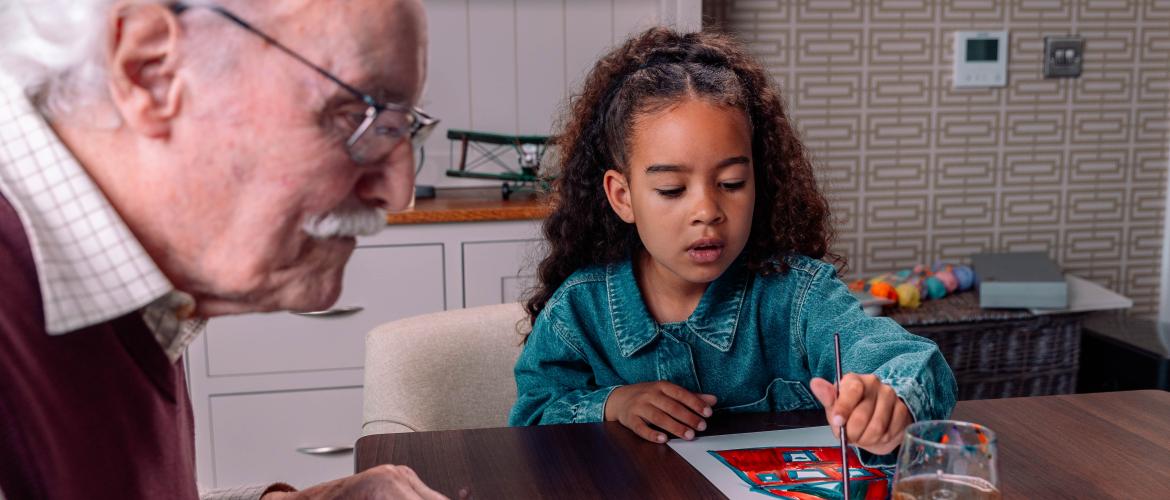
Close 
Find your nearest Barchester care home
With over 200 care homes in the UK, there's always a Barchester care home near you.
Find your nearest Barchester care home
With over 200 care homes in the UK, there's always a Barchester care home near you.